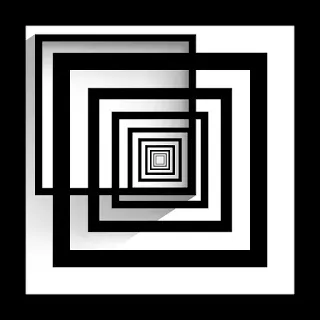In today's dynamic job market, where opportunities abound but competition is fierce, a well-designed resume can be your most potent weapon. Beyond merely listing your qualifications and experiences, a thoughtfully crafted resume serves as your personal marketing brochure, showcasing your unique value proposition to potential employers. In this comprehensive guide, we'll explore the art and science of resume design, equipping you with the knowledge and strategies needed to create a standout resume that opens doors to new career opportunities.
Understanding the Role of Design in Resume Success
Your resume is more than just a document; it's your first impression on prospective employers. Aesthetics matter, as they contribute to the overall impression your resume leaves. Design elements such as layout, typography, color scheme, and visual hierarchy play a crucial role in capturing attention, conveying professionalism, and guiding the reader's focus to the most important information.
Key Elements of Effective Resume Design
Layout and Formatting:
Opt for a clean and organized layout that facilitates easy readability.
Use consistent formatting for headings, subheadings, and bullet points to create visual harmony.
Ensure proper alignment and spacing to enhance visual appeal and clarity.
Typography:
Choose professional and easily readable fonts such as Arial, Calibri, or Helvetica.
Use font sizes strategically to differentiate headings, subheadings, and body text.
Maintain consistency in font style and size throughout the document.
Color Scheme:
Select a color scheme that reflects your personal brand and complements your industry.
Use colors sparingly and strategically to highlight important sections or elements.
Ensure contrast between text and background colors for optimal readability.
Visual Elements:
Incorporate subtle visual elements such as lines, borders, or shading to create visual separation between sections.
Consider using icons or symbols to represent skills or achievements but avoid excessive use that may clutter the resume.
Use high-quality graphics sparingly and ensure they enhance rather than detract from the content.
White Space Management:
Embrace white space as a design element to improve readability and visual appeal.
Avoid overcrowding the resume with text or graphics; allow sufficient space between sections and elements.
Use white space strategically to draw attention to key information and create a sense of balance and proportion.
Research industry norms and expectations regarding resume design and tailor your approach accordingly.
Consider the preferences of your target audience—whether it's a conservative industry that values tradition or a creative field that embraces innovation.
Use design elements to draw attention to your key strengths, achievements, and qualifications.
Experiment with creative ways to showcase your unique selling points, such as a visually appealing skills section or an infographic highlighting career milestones.
Prioritize clarity and focus on your resume design, ensuring that essential information is easily accessible and prominently displayed.Use clear and concise language to communicate your qualifications and achievements, avoiding jargon or unnecessary embellishments.
Consider the medium through which your resume will be viewed—whether it's a digital file or a printed document—and design accordingly.
Ensure compatibility with applicant tracking systems (ATS) by using standard fonts, formatting, and file formats.
Seek Feedback and Iterate:
Solicit feedback from trusted peers, mentors, or professional resume reviewers to gain insights into the effectiveness of your resume design.Continuously iterate and refine your resume based on feedback, aiming to create a design that resonates with your target audience and effectively communicates your value proposition.
Best Practices for Crafting a Standout Resume Design
In the competitive landscape of job hunting, a well-designed resume can be your secret weapon for standing out from the crowd. By mastering the principles of effective resume design and implementing strategic approaches tailored to your industry and target audience, you can create a standout resume that captures attention, conveys professionalism, and elevates your candidacy for coveted career opportunities. Remember, your resume is more than just a document—it's your personal branding statement and your ticket to success in the modern job market. Invest the time and effort to craft a design that reflects your unique identity and leaves a lasting impression on employers.
CLICK HERE TO GET A PROFESSIONAL RESUME DESIGNER.













No comments:
Post a Comment